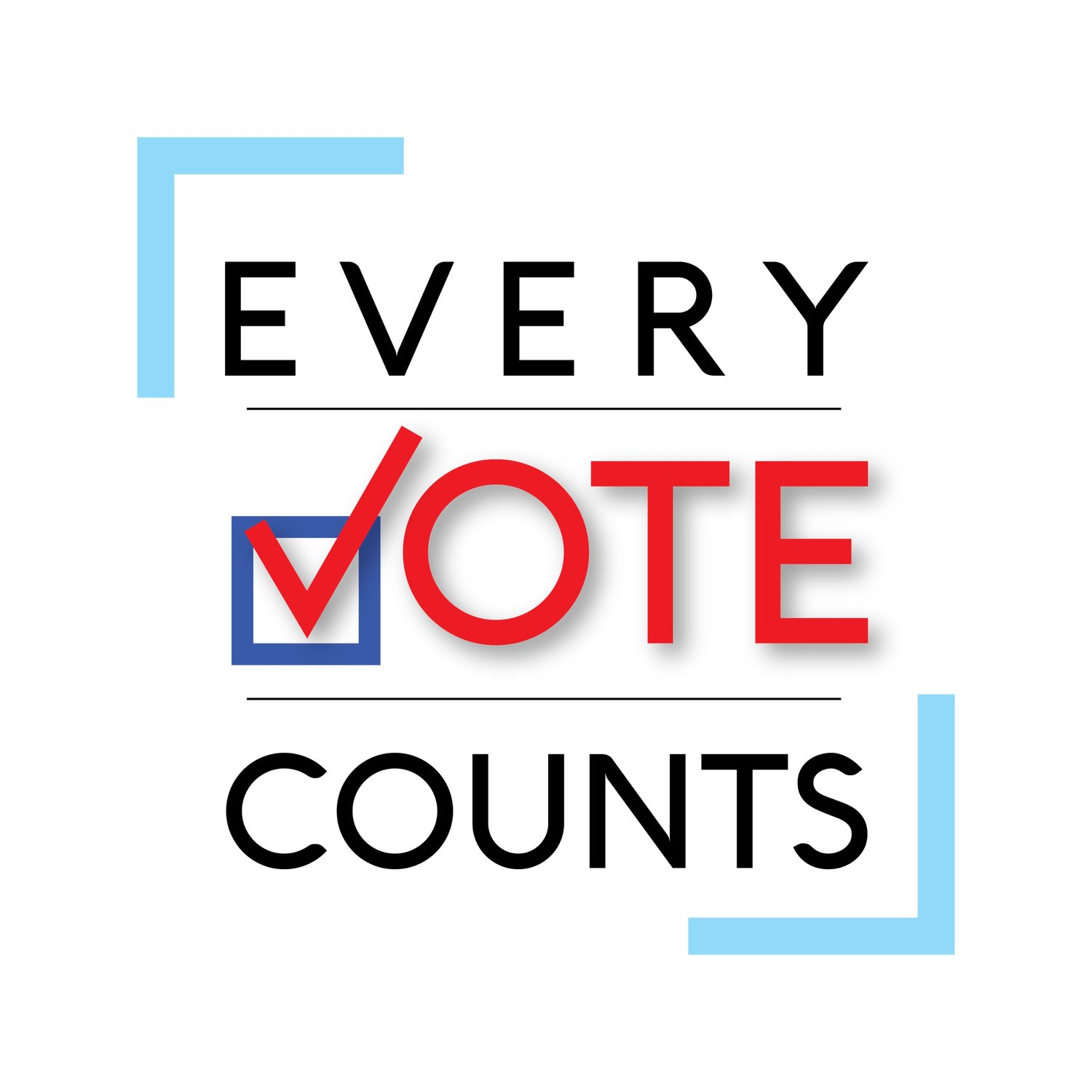Brown EVC Research Team Conducts Voter Survey
By Tucker Wilke, Imran Dharamsi, & Joanne Liu
Leading up to the2020 Presidential election, Brown University’s chapter of Every Vote Counts conducted a school-wide voter outreach campaign. We reached out to students onInstagram, Facebook, and GroupMe, and were able to encourage over 3000 of our peers to vote. After the election, we decided to task ourselves, the research team, with thinking about the best ways to increase voter turnout at Brown.
We began our work by pulling together a couple different studies detailing outreach messages that have been successful in other settings. These studies definitely helped in informing our approach, but they were generally outdated. We were also aware that every institution, especially Brown, has a distinct culture that makes some voter outreach strategies resonate better at specific institutions. We wanted to dig deeper into the determinants of voting and nonvoting behavior among Brown students, so we conducted our own survey.
Designing the survey
As we planned the survey that we would create through Qualtrics, we decided to ask respondents about both civic and social factors that influenced their voting or non-voting behavior. Both of these play a role in a student’s eventual decision to vote. These included social pressure from friends and family, encouragement from professors, opposition to a candidate/platform, and civic duty, among others. We also designed the survey to collect information from students who didn’t vote. We asked them about a lack of voting in their community/friends circle, apathy toward the candidates, and feeling that their vote was unimportant. For those who did vote, we asked them to rank several factors’ significance in their decision.
In order to gauge the representation of our survey sample, we collected demographic data on class year, gender, race, and major. Ppl Before sending out the survey, we met with a survey-focused student group for feedback on questions and formatting. They also gave us some tips on how to obtain a demographically representative sample, and in the end we decided that the best way to do this was to get our survey to as many student groups as possible.
Distributing the survey
We had an extensive outreach effort to distribute the survey. Over two months, we sent emails to all sorts of student groups, athletic teams, affinity groups, and academic departments on campus. The main ask of them was simple –send the link to our survey in their email newsletters. We also used social media to get the word out, and were featured on the university-wide daily newsletter multiple times. Our incentive for students to fill in the survey was a $25 Amazon gift card raffle.
One important point to add is that survey results were collected anonymously, and students were assured of that beforehand.
We’re looking forward to being able to survey students again during the next election cycle, hopefully when everything is back to normal and in person.It was difficult to reach people and get them to take the survey online, where there is a degree of separation, but it will be a lot easier in person.
Results, challenges, ideas for improvement
Despite the online format, we were surprised that we were able to reach 350 students. While our survey struggled to reach nonvoters, respondents were demographically representative of Brown’s population overall, which gave us valuable insight into the reasons Brown students vote. On the other hand, they didn’t provide us enough information to draw conclusions about why some students decided not to vote.
We found that among voters, the most significant factor pushing them toward voting was opposition to a candidate or platform. This was not surprising given the circumstances of the 2020 Presidential election, which suggests that maintaining the high turnout rates seen this past November will be a struggle in future elections. The second most significant was civic duty, which is important for our group to consider in constructing our outreach messaging in the future. Another notable result was that social pressure from friends had more of an impact on the decision to vote than outreach from student groups and social media posts combined. This validates the outreach strategy that EVC used in the fall--people respond more often to messages from those inside their trusted social circle.
We intend to repeat a similar survey in the future, with some changes to address areas where we fell short. Specifically, we want to increase the number of respondents from nonvoters so that we can gain insights about that group.We’d also like to have more qualitative data to analyze, in the form of open responses. We think that a big reason we ran into those limitations this time around is due to the online format of pretty much everything at Brown over the last year. However, once we switch to an in-person survey format, we’re hopeful that we’ll be able to generate even better results. Overall, we have learned a lot about voting behaviors here at Brown throughout the course of this survey.If you want to try something similar at your institution, check out our reference guide!

